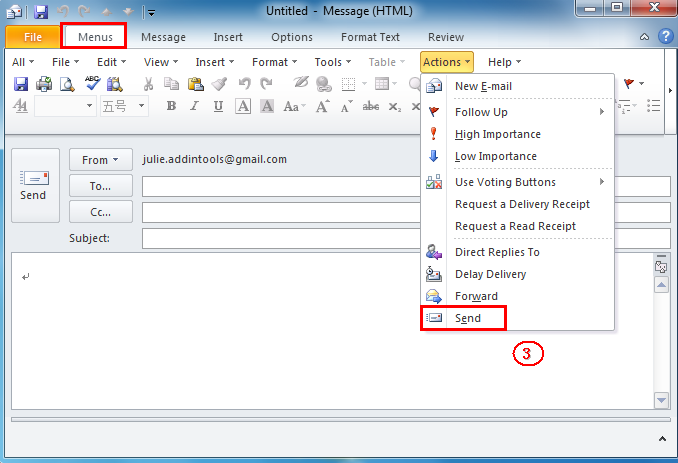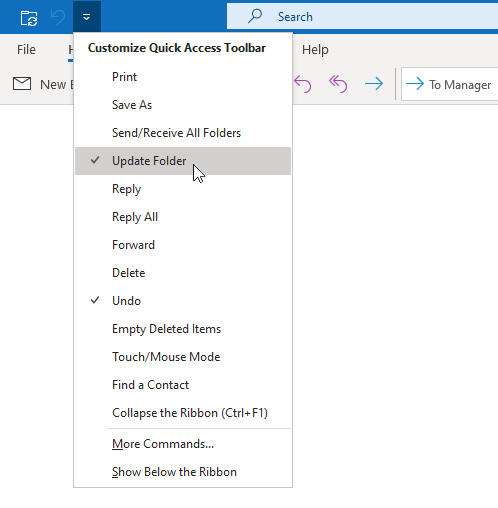

How to define a new and permanent tabular view For Outlook 2010 In the View Summary dialog box, click Filter > Clear All > OK, and then click OK again.On the View menu, point to Current View, and then click Customize Current View.On the View menu, point to Current View, and then click to select one of the tabular views such as Events or By Category.Click to select the Outlook calendar folder that contains the meetings you want to move.

Click Yes to reset the view to the original settings.On the View tab, click Change view, and then click to select one of the tabular views such as By List or By Category.Click to select the calendar folder that contains the meetings that you want to move.How to clear the filter from an existing tabular view For Outlook 2010 Define a new and permanent tabular view of all calendar items.Temporarily clear the filter from an existing tabular view.To display the items in the folder in a tabular view, use one of the following methods: To move all the Calendar items to another folder, you must first display all the items in a tabular view. Because the meeting that's pasted to the new location is unique, the GlobalObjectID value is maintained. Because the original meeting is deleted, as soon as the paste process is complete, the meeting no longer exists in the original location. To move a meeting or series of meetings, use the cut-and-paste method.
THERE IS NO SEND BUTTON IN OUTLOOK FULL
To maintain the full meeting functionality as the meeting organizer, move meetings from one calendar folder to another. This prevents anyone who imported or copied your meetings from assuming the organizer role and sending updates for meetings that you own. To do this, Outlook excludes the property during import and export and generates a new GlobalObjectID value when a meeting is copied.

Outlook doesn't create meetings that have duplicate GlobalObjectID properties. All meeting invitations, responses, and updates that are associated with any single meeting contain the same GlobalObjectID. The GlobalObjectID is a unique identifier for a meeting. When you copy and paste meetings from one calendar to another, Outlook generates new GlobalObjectID values for the meetings that are newly created. When meetings are exported to or imported from an Outlook Personal Folder or Outlook Data (.pst) file, the GlobalObjectID (GOID) property of the meeting isn't included. In that case, this seems to be counterintuitive because you're viewing the meeting in your own calendar. If you originally created the meeting that was imported, your name appears here.


 0 kommentar(er)
0 kommentar(er)
